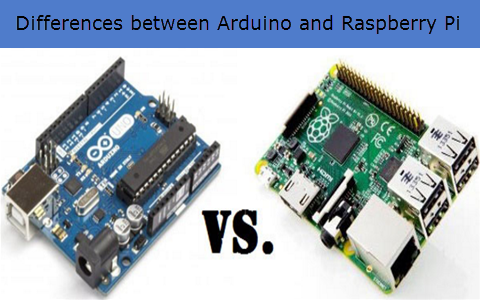Arduino Uno – competition for Raspberry Pi family boards
Arduino Uno – competition for boards from the Raspberry Pi family?
The minicomputer sector is growing every year, and more and more interesting projects are appearing on the market. One of them is the Arduino Uno Rev3.
Innovative development boards for every budget
Minicomputers can increasingly be found in many areas of life – hobbyists use them to complete their projects, students learn programming principles on them, and specialists using 3D printers use them to remotely monitor and manage their equipment.
Depending on the application, those interested in purchasing development boards can generally choose between the two most popular solutions – Raspberry Pi and Arduino Uno . Both devices have their pros and cons, but their biggest advantage is their very affordable price. However, in practice, it turns out that their purpose is slightly different.
How the Arduino Uno differs from the Raspberry Pi?
Popular among electronics engineers, the “Raspberry” was created to quickly execute complex instructions and carry out multiple processes simultaneously. Therefore, at their heart is a powerful processor supported by a large amount of RAM. Raspberry Pi family boards allow full Linux kernel-based operating systems to run on them.
The Arduino Uno, on the other hand, is a piece of hardware for slightly different applications, specifically for handling all kinds of digital sensors. In addition, this minicomputer is ideal for extremely precise control of stepper motors and as a logic element in advanced robotic circuits.
This is made possible by equipping the Arduino Uno with an AVR ATmega328 microcontroller made by Atmel. It has two 8-bit counters and one 16-bit counter, as well as 14 digital I/Os for transmitting PWM signals. In addition, the Arduino Uno has at its disposal 32 kB of cache memory and 2 kB of SRAM memory.
This allows all processes to be processed directly on the microcontroller itself, without having to install an additional operating system.
What you can use the Arduino Uno for?
Although on paper the Arduino Uno clearly loses out to the popular Raspberry Pi family chips, in practice it is strong competition for them in applications related to robotics, automation and reading data from sensor arrays. This is why the Arduino Uno is most often used as a key component for building autonomous robots – a single board can manage all the control logic of a given vehicle and issue commands to the power transmission system.
High energy efficiency of Arduino Uno boards
The Arduino Uno minicomputer also allows free battery-powered operation. Its power consumption at rest settles in the range of 50 mA, while the competing Malinka needs as much as 700 mA. In addition, the board also allows for simple battery power – the Arduino Uno Rev3 can be successfully powered by 7 V to 12 V, which is easily obtained from a lithium-polymer or lithium-ion cell chip.


